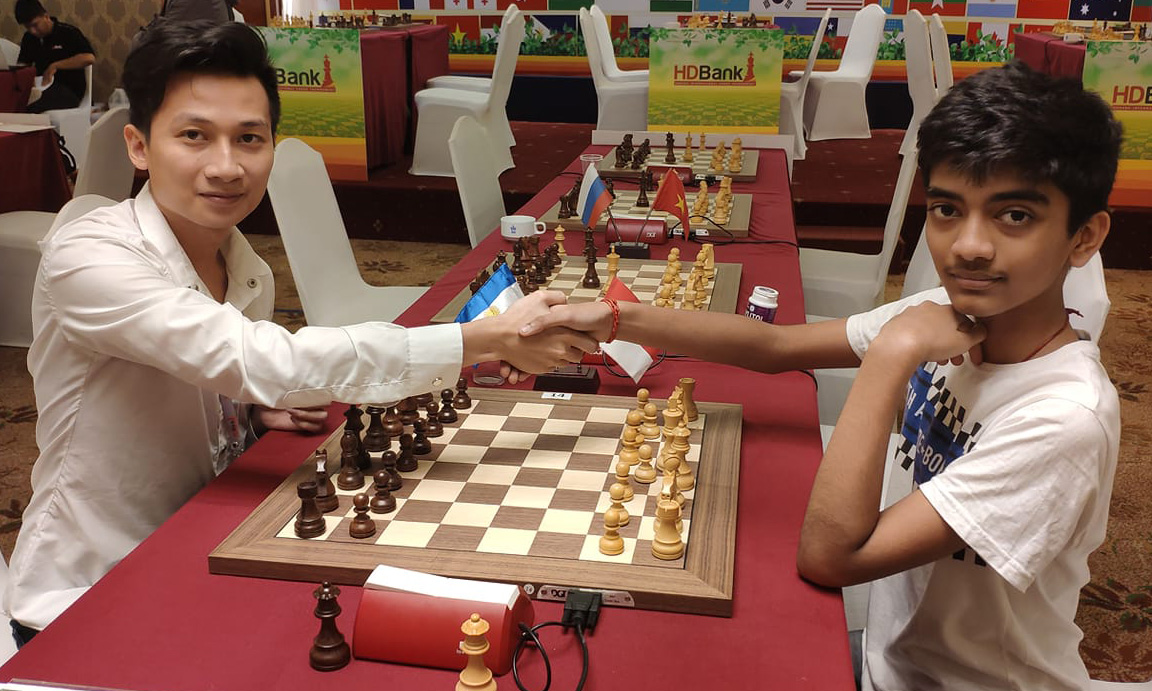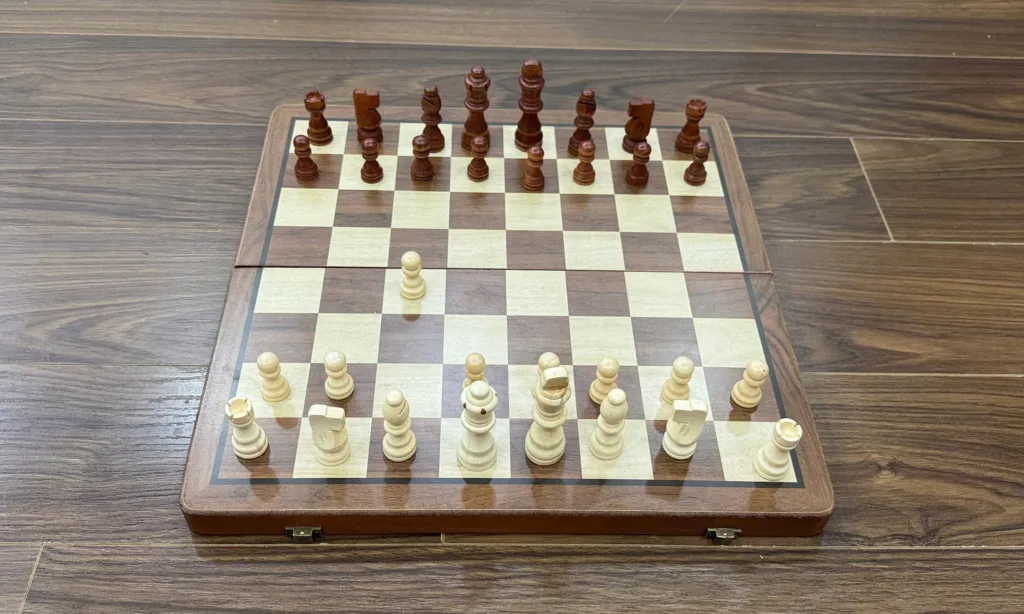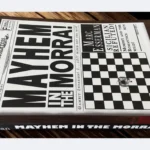The English Opening begins with the move 1. c4, a quiet yet flexible start that controls the center from the flanks. It’s named after Howard Staunton, the strongest player in the world from 1843 to 1851, who helped popularize it in international play.
- What Is White Trying to Do?
- What Can Black Do?
- White’s Key Ideas
- Black’s Key Ideas
- Common Systems in the English
- Key Variations
- Final Thoughts
What Is White Trying to Do?
With 1.c4, White eyes control over the d5-square without immediately occupying the center. The plan may remain mysterious at first, as the English Opening allows White to keep their intentions hidden.
White might:
- Stick with the English by developing with Nc3, g3, Bg2
- Switch to a Queen’s Pawn Opening by playing d4 later
- Choose a system depending on how Black responds
It’s a bit like saying:
“I’m controlling d5 for now. What happens next depends on you.”
What Can Black Do?
With only one move on the board, Black has the full menu of defenses to choose from. Many replies transpose into familiar territory:
- 1…e6 → Follow up with 2…d5 and enter Queen’s Gambit lines.
- 1…Nf6 → You’re heading for a King’s Indian Defense with g6, Bg7, d6, and 0-0.
- 1…Nf6 & 2…e6 → If White plays Nc3, you can play 3…Bb4 and arrive at a Nimzo-Indian Defense.
- 1…f5 → You’ve got a Dutch Defense.
- 1…e5 → Congratulations, you’re playing a Sicilian Defense reversed (see diagram below).
- 1…c5 → You’ve chosen the Symmetrical English – a flexible and respected system.
Each of these gives Black a comfortable and known structure to work with, depending on your preferred defenses with either color.
White’s Key Ideas
- Closed Position Strategy: Your pawn formation determines your plan. Pick a setup and study the associated middlegame strategies.
- Versatile Bishop on g2: Especially dangerous in open positions. Don’t waste time, activate pieces quickly.
- Queenside Play: In most lines, you’ll have more space on the queenside. Think in terms of b4-b5 pawn pushes to pressure c6 or create open files.
- Block with f4: If Black attacks with …f5, consider f2-f4 to block the pawn storm and gain space.
Black’s Key Ideas
- Don’t rush d5: Avoid 1…d5! White captures cxd5, and after Qxd5, Nc3 gains tempo while occupying the center.
- Be cautious with reversed lines: A reversed Sicilian might look familiar, but remember, you’re a tempo behind.
- Kingside Attacks: If you go for …e5 or …f5, that’s your terrain. Use it to build an initiative on that side.
- Be prepared: The English is used at all levels, including elite tournaments. Even if you don’t play it with White, you’ll need a solid response as Black.
Common Systems in the English
Standard Setup (Closed Sicilian Reversed)
White develops smoothly: Nc3, g3, Bg2, Nf3, 0-0, often followed by Rb1 and b4-b5. It’s a patient build-up aimed at the queenside, using long-range pieces like the bishop on g2.
Staunton System
Here, White aims for d4 to control the center. Moves like e3 and Ne2 help prepare the break without blocking the g2-bishop. This is a slower, central approach that can convert to a Queen’s Gambit style game.
Botvinnik System
A highly ambitious setup, usually involving e4, f4, d4, sometimes all three! White claims space on both flanks and in the center. The downside? It often leaves a hole on d4 which Black will try to occupy with a knight.
Key Variations
1. c4 e5 – Reversed Sicilian
A sharp, symmetrical counter.
Typical line:
2. Nc3 Nf6 3. Nf3 Nc6 4. g3
Black can now choose between:
- …d5 (Reversed Dragon)
- …Bb4 (Pressure line)
- …Bc5 (Risky – Nxe5 and then d4 is a shot!)
This variation often leads to dynamic battles where both sides fight for the center with ideas borrowed from the Sicilian.
1. c4 c5 – Symmetrical English
A balanced and flexible reply by Black. Both players slowly develop:
2. Nc3 Nc6 3. g3 g6 4. Bg2 Bg7
Then White can go for:
- a3 and b4 (Queenside push)
- e3 or e4 (Staunton/Botvinnik)
- Nf3 and a calm buildup
This is one of the most solid replies Black can make to the English, often leading to long positional struggles.
Final Thoughts
The English Opening is about flexibility, long-term plans, and subtle central control. It’s not a direct punch to the face like 1.e4. It’s more of a chess massage that turns into a knockout 25 moves later.
Whether you’re a strategic player who likes to steer the game or a counter-puncher who wants to see what your opponent is up to, the English has something for you. Even if you never touch it with White, you’ll need to learn how to face it with Black. It’s just that popular.
1.c4 – Control the center. Stay flexible. Choose your moment.

I’m Xuan Binh, the founder of Attacking Chess, and the Deputy Head of Communications at the Vietnam Chess Federation (VCF). My chess.com and lichess rating is above 2300. Send me a challenge or message via Lichess. Follow me on Twitter (X) or Facebook.







2 thoughts on “Tired of 1.e4 and 1.d4? Try the English Opening Instead”
Comments are closed.